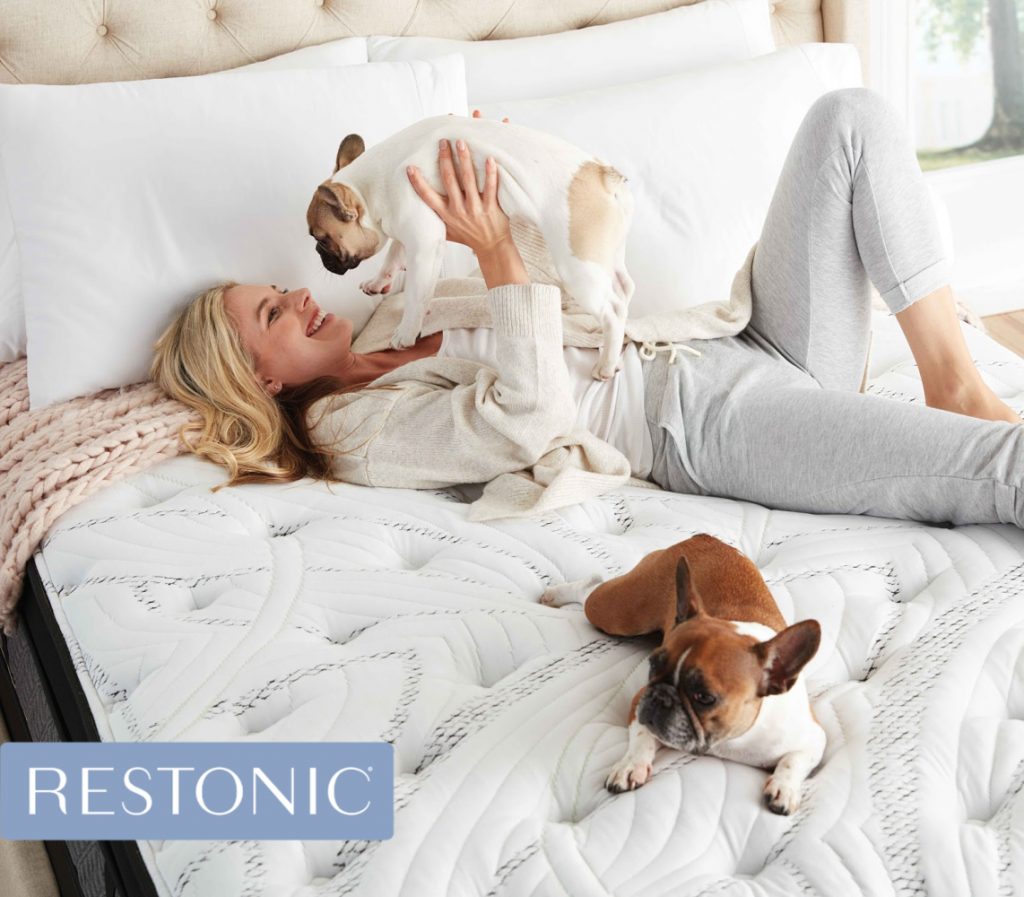 Breathe easier & sleep better after chasing down dust & germs in their hiding places!
Breathe easier & sleep better after chasing down dust & germs in their hiding places!
With hygiene very much on the top of everyone’s minds these days, many of us are looking for ways to make our homes cleaner and healthier. Considering the number of hours we spend in our bedrooms napping, sleeping, watching Netflix or surfing social media, they’re a good place to start thinking about strategies to tackle areas where dust and germs may gather. It’s amazing how a few tweaks to your bedroom (and the things in it) and adopting new habits can maximize your ability to fight off illness and stay healthy.
Where are germs hiding?
While you might wash your bedding regularly, there are other potential trouble spots worth addressing – not all of them obvious. Starting from the ground up, think about your floors and carpeting. Some estimates say that the average carpet has nearly 200,000 bacteria per square inch – more than a toilet seat. Ick. Dust and dirt tend to become embedded in the fibers so a weekly vacuum is necessary.
If you have allergies, rugs aren’t the best option for you. Stick to hardwood and other types of flooring. As well-trodden surfaces, they will also need a thorough mopping once a week.
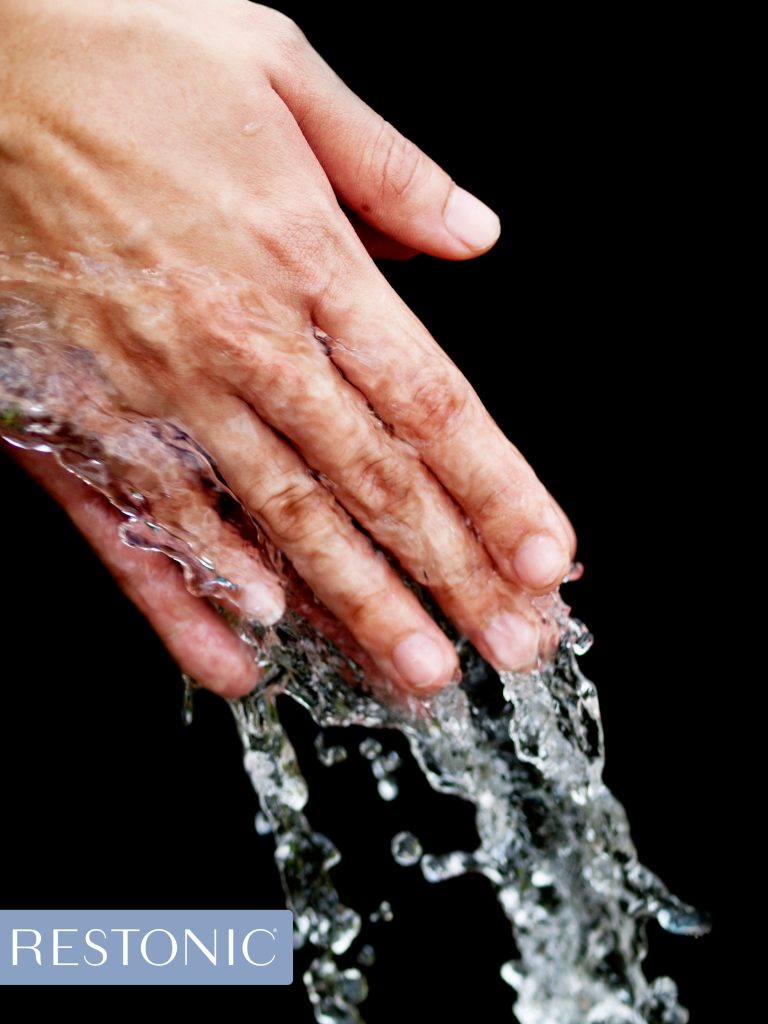 Another sneaky spot that might have slipped from your germ radar include curtains. All those folds and pleats make perfect dust collectors. A couple of times a year, throw them in the wash for a rinse. Hang to dry. Lamps, too, fall into this category. Dust settles onto the shades easily and often without us noticing. Clean them with a damp cloth or use a lint roller.
Another sneaky spot that might have slipped from your germ radar include curtains. All those folds and pleats make perfect dust collectors. A couple of times a year, throw them in the wash for a rinse. Hang to dry. Lamps, too, fall into this category. Dust settles onto the shades easily and often without us noticing. Clean them with a damp cloth or use a lint roller.
When is the last time you wiped the light switch and doorknobs in your bedroom? These are also potential areas for germs because of frequent hand touching. And we’ve heard the message from the Centers For Disease Control about the importance of handwashing to stop the spread of infections. It estimates that 80% of the germs we come in contact with are spread because of inadequate handwashing. Give those switches and doorknobs a thorough cleaning and finish with an anti-bacterial wipe. If wipes are scarce, make your own disinfectant solution with one cup of bleach for every five gallons of water. Wear rubber gloves when you pour it into a spray bottle. A big cautionary note here: Don’t add anything else to the bleach solution, including ammonia, anything acidic (like vinegar) or alcohol. The resulting chemical reaction can be very serious and dangerous to your health.
3 cleaning trouble zones hiding in plain sight
While you might think that you’ve got the key components of your bedroom covered – pillows, mattress and bed linens – now’s a good time to review basic household hygiene protocols and to update them.
How to clean your mattress
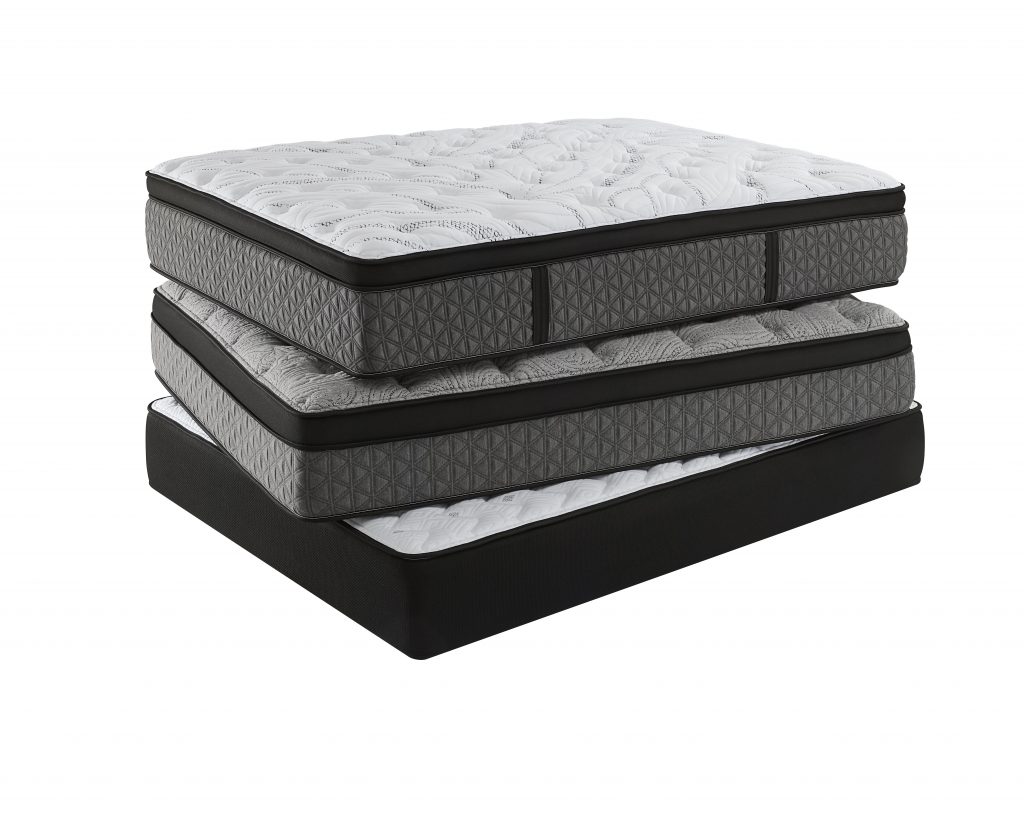 You spent good money to find the perfect mattress to get a great night of sleep, but how are you treating it? First off, it may be time to retire your mattress. With an average life span of 7 to 8 years, your mattress isn’t delivering optimal body support if it’s older. What’s more, it’s likely harboring a build-up of a lot of bacteria and dead-skin-cell-eating dust mites. No one wants to sleep on a mattress that would put a petri dish to shame. In with the new and out with the old.
You spent good money to find the perfect mattress to get a great night of sleep, but how are you treating it? First off, it may be time to retire your mattress. With an average life span of 7 to 8 years, your mattress isn’t delivering optimal body support if it’s older. What’s more, it’s likely harboring a build-up of a lot of bacteria and dead-skin-cell-eating dust mites. No one wants to sleep on a mattress that would put a petri dish to shame. In with the new and out with the old.
You can show a newer mattress lots of love by covering it with a mattress protector or cover. You may have been avoiding them because older fabric types crinkled when you rolled over. The newest varieties will let your mattress breathe and keep it free from the yucky stuff. What’s more, a mattress cover protects your mattress from spills and stains, which will void your warranty. If you can’t be convinced that a mattress cover is the right answer, turn to your vacuum for help. When you change your sheets, use a vacuum attachment to keep the mattress debris-free.
How to clean your pillow
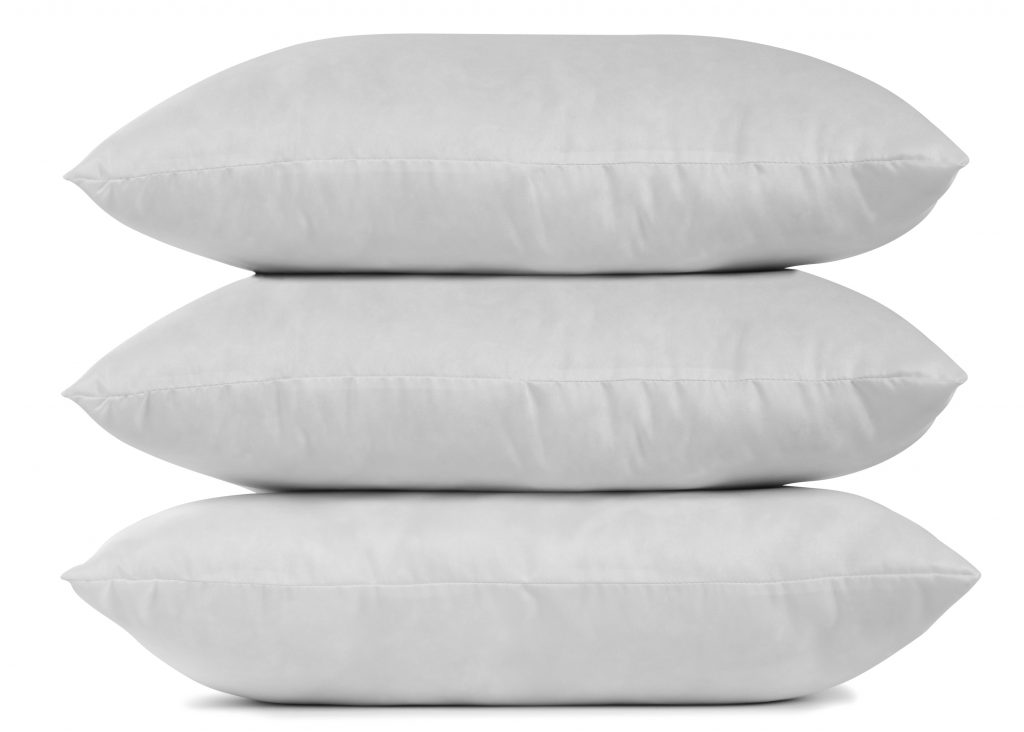 The stats on dirty pillow cases are enough to make you run straight to your washing machine. According to a Business Insider story, a typical pillow has as many as 16 types of fungus and fungus spores – some potentially dangerous to your health. Add bacteria to the mix – again more than your typical toilet seat. Then let’s include oil, sweat and perhaps some makeup residue. But before we get carried away, it’s not all doom and gloom – the solutions are easy. Use pillow covers under your pillowcases and wash both regularly. Throw out old pillows that are falling short in the support department. For pillows that still have life in them, wash them (if they’re the washable type) in hot water once a week or put them in the dryer for a high heat cycle if they’re not washable.
The stats on dirty pillow cases are enough to make you run straight to your washing machine. According to a Business Insider story, a typical pillow has as many as 16 types of fungus and fungus spores – some potentially dangerous to your health. Add bacteria to the mix – again more than your typical toilet seat. Then let’s include oil, sweat and perhaps some makeup residue. But before we get carried away, it’s not all doom and gloom – the solutions are easy. Use pillow covers under your pillowcases and wash both regularly. Throw out old pillows that are falling short in the support department. For pillows that still have life in them, wash them (if they’re the washable type) in hot water once a week or put them in the dryer for a high heat cycle if they’re not washable.
How to clean your sheets
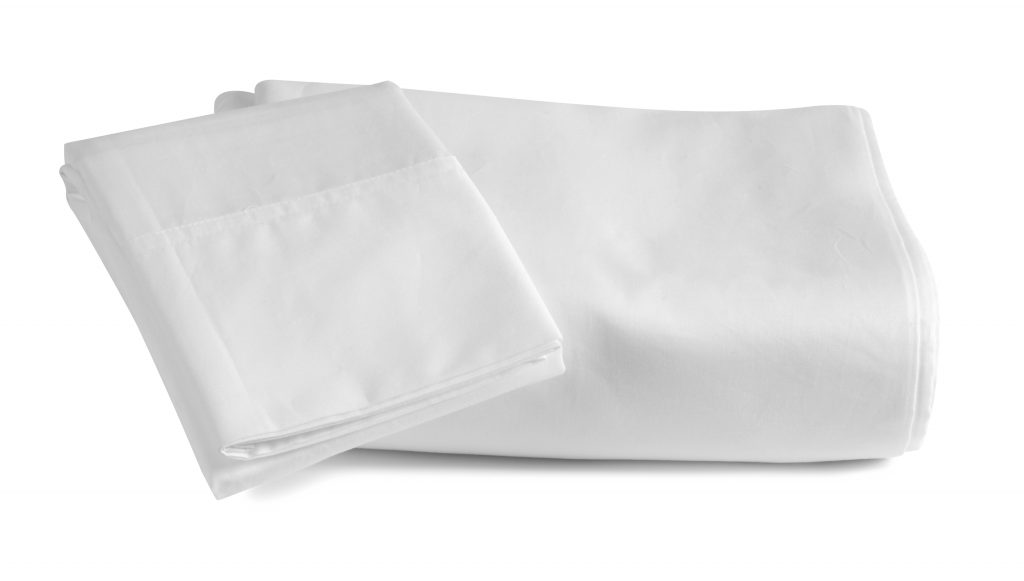 An often-cited stat is that you shed about 15 million skin cells each night. That’s sweet news to dust mites, bad news for anyone with dust allergies. Beds can be cesspools of bacteria with some nasty types, like bacilli (the type of bacteria that causes food poisoning) lurking in your sheets. Experts say washing or changing bed sheets weekly helps ensure a healthy sleep environment. You may need to adopt a more frequent routine if you’re prone to sweating or hit the hay after hitting the gym without showering first.
An often-cited stat is that you shed about 15 million skin cells each night. That’s sweet news to dust mites, bad news for anyone with dust allergies. Beds can be cesspools of bacteria with some nasty types, like bacilli (the type of bacteria that causes food poisoning) lurking in your sheets. Experts say washing or changing bed sheets weekly helps ensure a healthy sleep environment. You may need to adopt a more frequent routine if you’re prone to sweating or hit the hay after hitting the gym without showering first.
If you’re not a weekly sheet changer, you’re not alone. In one study of 1,000 Americans, most put on fresh bed linens just once every 24.4 days. Married couples were ahead of the game, swapping sheets out every 19.9 days. Single folks did not shine in the study. On average, they changed sheets every 37 days.
While cleaning the sheets, pillow cases, light switches and such in our bedrooms might seem like a lot of work – and it is – the practice will give you a cleaner, healthier sleep environment. And the bottom line is that we can all breathe easier and get a great night of sleep in a tidy, germ-free bedroom.
Rest well & wake up ready to go!
Better sleep gives rise to better mornings, bringing your goals into focus and dreams within reach. Hungry for more sleep info? Dig into these posts:
Eager for more sleep info you can really use?
Join our community
Facebook
and let's continue the conversation.
We'd love to hear what you have to say!
This blog does not provide medical advice. It is intended for general informational purposes only and does not address individual circumstances. It is not a substitute for professional medical advice, diagnosis or treatment and should not be relied on to make decisions about your health. Never ignore professional medical advice in seeking treatment because of something you have read on Restonic.com. If you think you may have a medical emergency, immediately call your doctor or dial 911.

